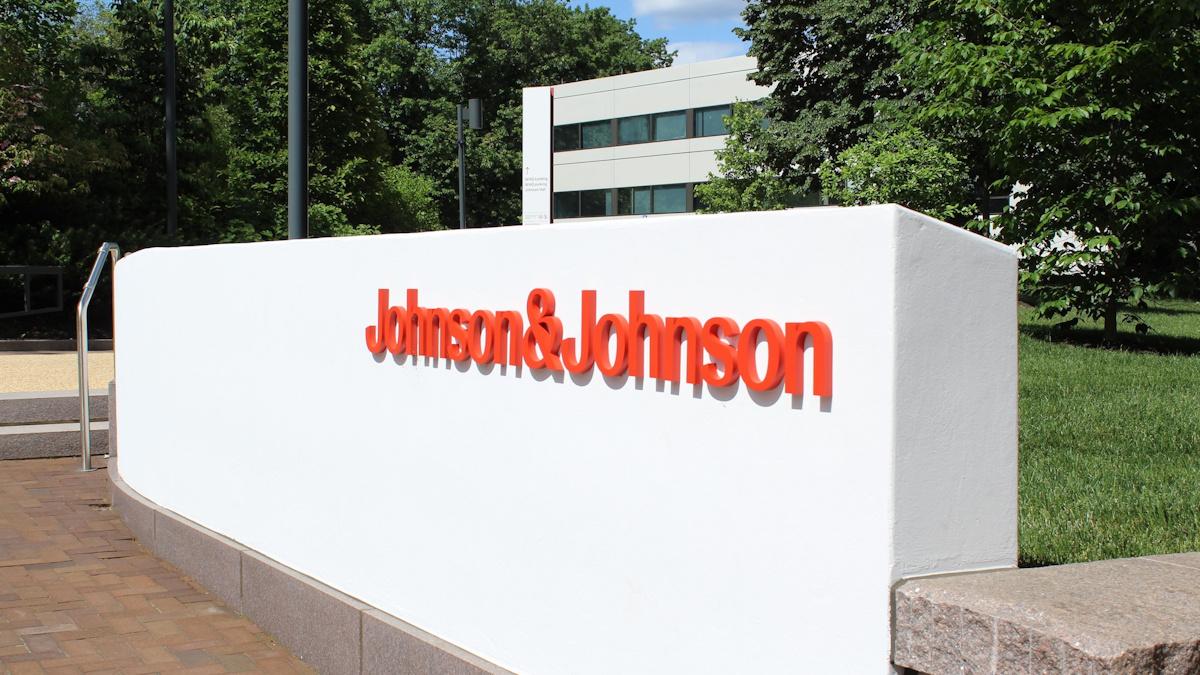As IARC uprates talc cancer risk, will J&J be affected?

The International Agency for Research on Cancer (IARC) has published a new assessment of talc’s potential to cause cancer, concluding that is it ‘probably carcinogenic’ to humans.
The new monograph (PDF) upgrades the risk from the IARC’s earlier assessment, published in 2010, which concluded that talc was ‘possibly carcinogenic’, basing its conclusion in part on “limited evidence” that it can cause ovarian cancer in humans, as well as stronger data from animal experiments and other lab studies.
The question now is what impact that may have on Johnson & Johnson, which has been battling class-action litigation claiming that its talc-based products like Johnson’s Baby Powder have caused cancer and has put a $6.5 billion settlement offer on the table without admitting any wrongdoing. The cases focus mainly on the potential for talc to be contaminated with asbestos, which is well-established as a carcinogen.
A few weeks ago, a group of plaintiffs filed a motion seeking to block the settlement, which involves the creation of a new company called LTL Management LLC that takes responsibility for the litigation – separate from J&J’s core business – and has filed for bankruptcy.
The so-called ‘Texas Two-Step’ approach has been criticised for allowing defendants facing liability claims to sidestep their legal and financial obligations and has already failed to go through on two occasions. Just a few days ago, however, the latest attempted bid to block the plan was overturned in a US district court, leaving plaintiffs less than a month to decide whether to accept the settlement.
According to Professor Kevin McConway, an expert in applied statistics at the Open University in the UK, the IARC’s latest move still leaves plenty of doubt over talc’s potential to cause cancer.
“It’s really important to understand what these classifications by IARC actually mean, because the most obvious interpretation is actually misleading,” he said, noting that IARC monographs aim to answer the question of whether the substance has the potential to cause cancer, under certain conditions.
“It’s not uncommon, when considering potentially harmful substances or activities, to start by looking at the hazard, that is the potential that the substance could increase risk of something bad happening, and not the actual risk to people exposed in certain ways,” he explained.
“Rightly, [IARC] aren’t saying that talc cannot cause ovarian cancer in humans. But they can’t at all be sure that in fact it does cause an increase in risk, at the levels of exposure that might happen in normal use of talc or indeed in any other circumstances of use,” added Prof McConway. “So there isn’t a smoking gun that the talc use causes any increased cancer risk.”
That is acknowledged by the IARC, which notes that it was unable to rule out biases in epidemiological studies of talc use, for example, or that they may have been exposed to asbestos from other sources.
That said, it pointed to rat studies showing an increase in adrenal medulla and lung cancers in animals exposed to talc, as well as “strong mechanistic evidence” from in vitro studies that talc contaminated with asbestos can cause chronic inflammation and other characteristics like altered cell proliferation and/or cell death.
With the clock ticking on J&J’s massive settlement plan in the US, it may well be that the IARC’s change will have little bearing on the bankruptcy litigation, although, other suits continue to emerge.
Just last month, for example, a new class-action suit was filed in the US seeking damages and – in a new legal wrinkle – ongoing medical monitoring for women who have been diagnosed with cancer or who might develop it in the future.
J&J, meanwhile, has taken all its talc-based products off the market as of 2023, and is now using cornstarch instead.
Photo by Derick Anies on Unsplash












